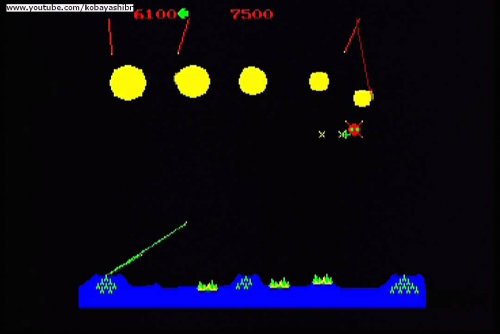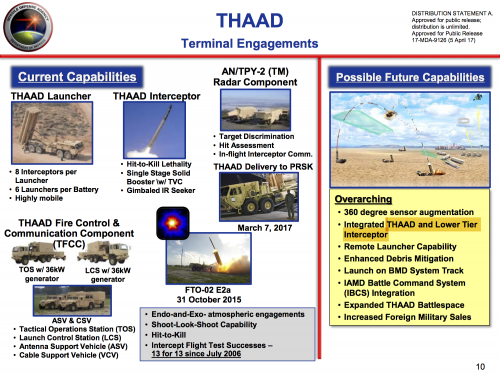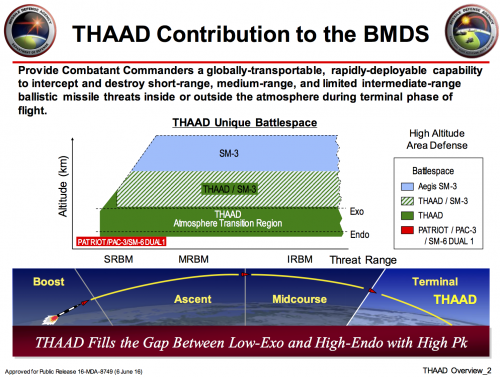IBCS has had successful flight tests in 2015 and 2016, which proved the system “could do what was previously thought to be undoable — that IBCS could provide the [command and control] for sensors and weapon systems never intended to work with each other,” he added.However, a Limited User Test last year found deficiencies with the system mostly related to software.
But Verwiel declared in the statement the software deficiencies identified in the 2016 LUT, “have been resolved.”
He said lessons learned from the LUT “resulted in a substantially improved system.”
Bringing IBCS to life is no easy endeavor by nature. It involves complicated software development, and the plans for IBCS on the battlefield have expanded, resulting in the need for more development.
The soldier checkout event took place at Tobin Wells in Fort Bliss, Texas, with soldiers from both Fort Bliss and Fort Sill, Oklahoma, over the course of three weeks in August.IBCS was used across battalion and battery-level operations using Sentinel and Patriot radars and Patriot Advanced Capability (PAC)-2, PAC-3 and PAC-3 Missile Segment Enhanced interceptors.
The system fought “26 simulated air battles against hundreds of tactical ballistic missile threats,” according to the company statement.
Then the event wrapped up with a 72-hour endurance run of IBCS that included 18 additional air battles, the statement adds.
“This SCOE is an enterprise-level integration and test of IBCS and Army IAMD assets and capabilities with soldier operators,” Barry Pike, the Army’s Missiles and Space program executive officer, said. “The event allows air defense warfighters the unprecedented opportunity to provide relevant system performance and interface feedback when the system is integrated with actual tactical hardware and software.”
While IBCS’ initial operational capability is delayed by four years, according to a Defense News assessment of budget request documents, there are signs the system is making a turnaround.
[US Army anti-missile command system’s initial capability delayed four years]
Brig. Gen. Randall McIntire, the Army Air Defense Artillery School commandant and the Air Defense Artillery chief, said, “I am very pleased with the significant progress made on IBCS over the last year. It is going to open up the aperture in terms of how we will be able to fight in the future. What we are working on today will be key for decades to come in our ability to combine offensive and defensive fires into one entity that is fast and agile.”
The event also proved that IBCS is relatively easy to use. The soldiers who used the system in the checkout had never used it before and received only four weeks of training leading up to the event.
“Even with simultaneous targets reaching hundreds during some of the air battles, the soldiers performed exceptionally well,” the statement reads.
IBCS and the Army will go through the second phase of the soldier checkout at Yuma Proving Proving Ground, Arizona, this month, which will focus on live-air operational performance in a joint environment, according to the statement.






